SMOKY HILL AIR NATIONAL GUARD RANGE, Kan. -- 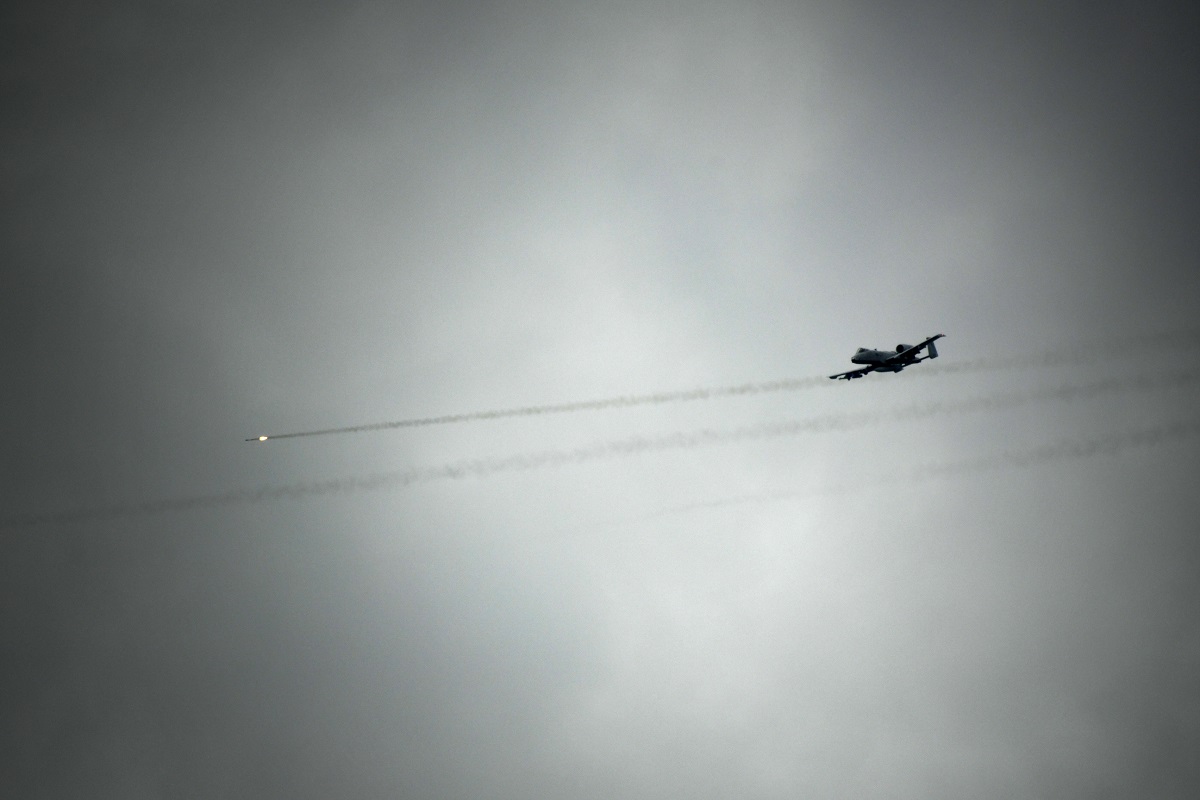
“The USAF must ensure the future force reflects the identity and attributes required for success in the high-end fight. Tomorrow’s Airmen must be organized, trained, and equipped to succeed in the most challenging and lethal combat scenarios since World War II.”
– Gen. Charles Q. Brown, Jr., Air Force Chief of Staff, CSAF Action Orders to Accelerate Change Across the Air Force.
Military units from across the United States converged in Kansas in June for Exercise Gunslinger, a large-scale joint exercise designed to test air and ground combat capabilities in a contested environment. The two main players in the exercise were the U.S. Marine Reserves’ 4th Marine Aircraft Wing, and the Kansas Air National Guard’s 134th Air Control Squadron, assigned to the 184th Wing at McConnell Air Force Base.
For the Marines, the overall mission was to practice Expeditionary Advanced Base Operations, a concept similar to the World War II island-hopping campaign. The goal is to establish small bases of support on island chains in the Indo-Pacific region.
The mission for the Kansas Air National Guard was to train for Agile Combat Employment, an Air Force strategy that requires Airmen to be ready to execute missions quickly in unpredictable ways, respond rapidly to enemy movements, and conduct operations with joint and coalition partners.
The primary location for the exercise was Smoky Hill Air National Guard Range near Salina, Kansas.
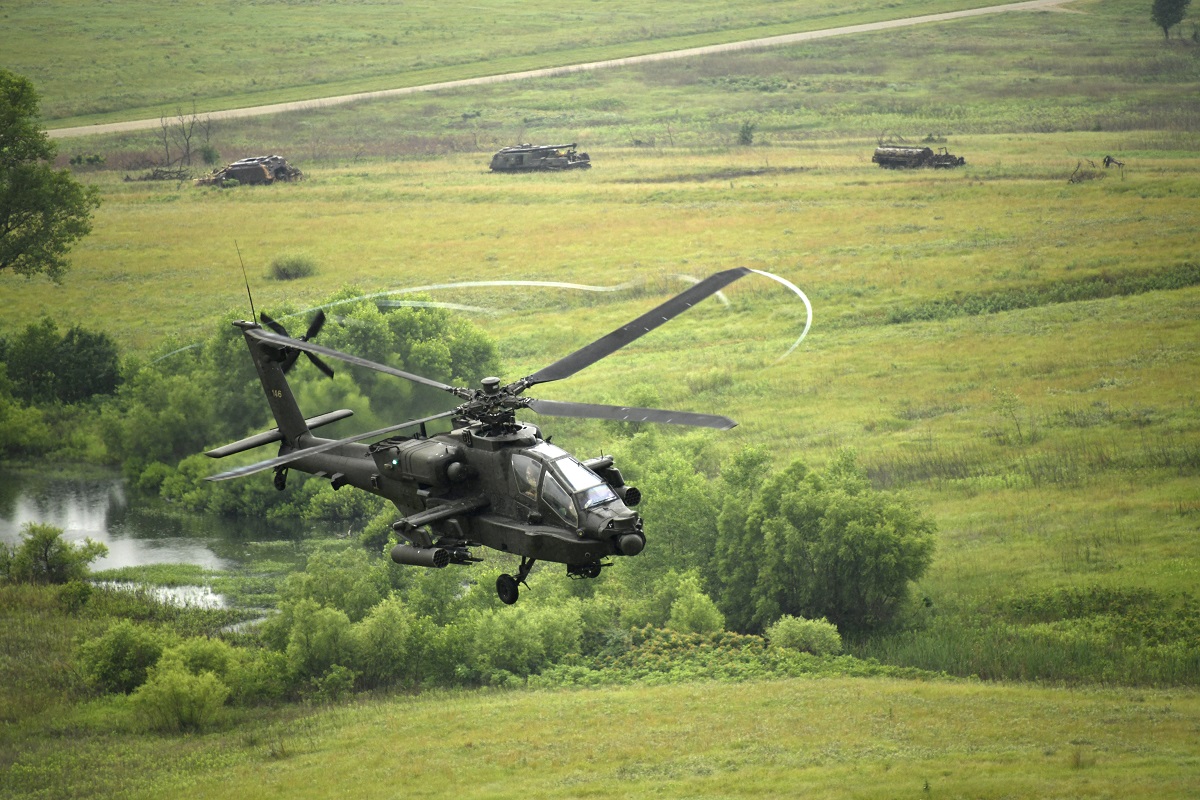
Idea to Implementation
The concept of Exercise Gunslinger began about a year ago when Air National Guard Lt. Col. Herman Norwood, former commander of the 134th ACS, and Marine Reserves Lt. Col. Nicholas Cruz, former operations officer, 4th MAW, were discussing opportunities for joint training.
Norwood recommended an exercise for summer 2022 at Smoky Hill Air National Guard Range. They named it Gunslinger as a hat tip to Kansas’ Wild West heritage, and as a reference to the amount of bullets and rockets that would be used.
Both officers moved to new positions prior to the exercise, but the plan was in motion and their teams took it from there.
“We got together and talked about how ground-based command and control career fields weren’t necessarily getting the best training, we feel, that’s going to help for the next conflict that we go into,” said Tech. Sgt. Hunter Thurston, weapons officer, 134th ACS. “It started out as a ground-based command and control exercise primarily supported by logistics and mobility, plus fighters and tankers.”
As the planning progressed, more units saw value in the opportunity to train as a joint force. The objective quickly changed from ground-based command and control training to a large-scale force employment exercise.
“We’re not only getting good training for ground-based controllers, but also getting some value added for fighters, helicopters, logistics and mobility,” said Thurston.
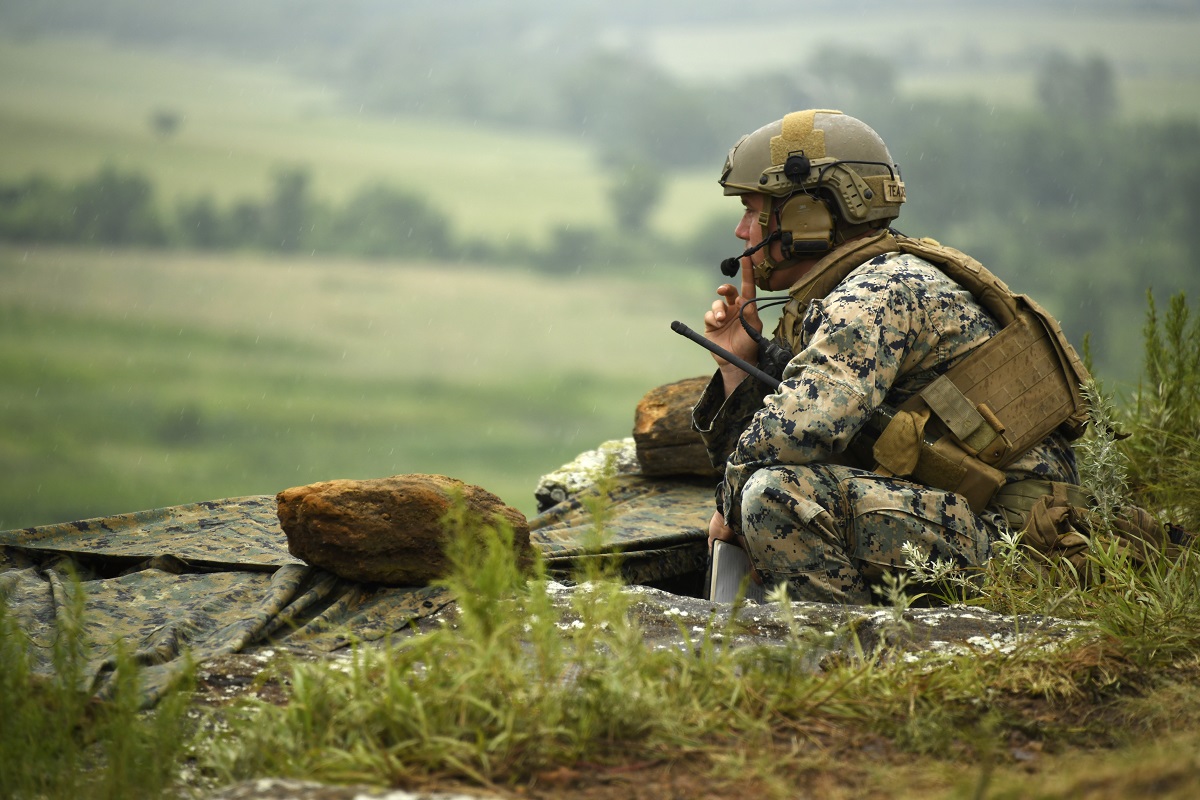
Controlling the Air Battle
When the exercise began in June, more than 1,300 Marines from 11 training centers across the U.S. deployed to multiple areas throughout Kansas, including Great Bend, Salina, Wichita, and Wilson Lake.
Operating from McConnell Air Force Base, the 134th ACS was the primary ground-based control unit, speaking directly with aircrews to maintain all safety, check-in/check-out procedures, and aerial refueling missions.
Marine personnel deployed a tactical operations center near Great Bend, providing capabilities similar to the 134th ACS. Additionally, U.S. Air Force E-3 Sentries from Tinker Air Force Base, Oklahoma, provided command and control from the sky through airborne warning and control systems.
The three command and control entities took turns advising aircrews during combat missions, identifying friendly forces and enemy threats.
“The first mission of the exercise was a defensive counter-air mission,” said Thurston. “We were controlling all of the F-18s against the F-5 aggressors the Marines brought. The 134th was responsible for air-to-air control, giving picture calls of what the adversary formation looked like from an air perspective, and then giving safety point-outs as well as tactical air point-outs.”
Once the fight was complete, the fighters refueled and returned to Smoky Hill ANG Range for more training.
Throughout the exercise, Marine ground forces coordinated air assaults, insertion and extraction, and medical evacuation missions with fighters and helicopters from the Air Force, Marines, and Army.
“Aircraft flew into our air space, hit the tankers, and engaged in air-to-air combat,” said Maj. Scott Blechle, director of operations, Detachment 1, Smoky Hill ANG Range. “Once they were done with that portion, they flew down into the lower air space where Marine air controllers took over, handed them off to joint terminal attack controllers, and then JTACs started working close air support here on the range.”
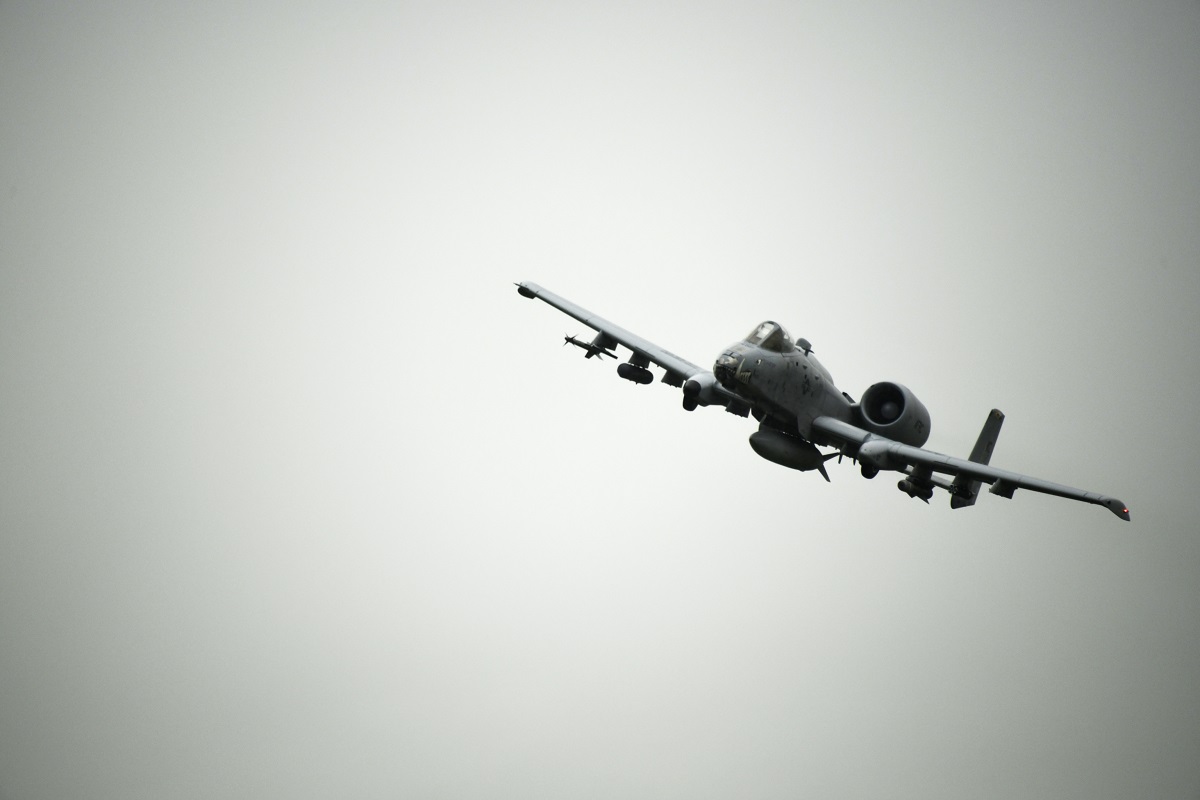
Smoky Hill ANG Range
Smoky Hill ANG Range is the largest and busiest weapons range in the Air National Guard. The 34,000-acre range is operated and maintained by 35 personnel assigned to Detachment 1 of the 184th Wing. Its operational air space stretches from Salina to western Kansas.
“There are so many unique training opportunities at Smoky Hill,” said Thurston. “Their capabilities, with some of the threat emitters that they have, as well as the space for everything, is absolutely awesome for the state of Kansas.”
With hundreds of ground targets, virtual threat emitters, military-restricted air space, and a central location in the continental U.S., Smoky Hill ANG Range proved to be an ideal location for Gunslinger.
“The Marines were so impressed by the facilities at Smoky Hill, and how inexpensive it was to train there, that they’re already looking at doing future training events at the range,” said Lt. Col. Joe Deeds, director of staff-Air, Kansas National Guard.
The personnel at Smoky Hill ANG Range worked day and night to make sure the operations ran smoothly. They repaired roads damaged during missions, extinguished grass fires, and cut fire breaks. They also controlled all the scheduling for air assets and ground movements to ensure the safety of all exercise participants.
“With all those different assets being out there, both in the air and the different ground entities, each one of those units has their own unique training goals,” said Blechle. “They bring their ideas to us, and we piece all those things together. Between the Marines, Air Force, Army, and Navy, we make sure everything is deconflicted and create an environment that provides the training they need.”
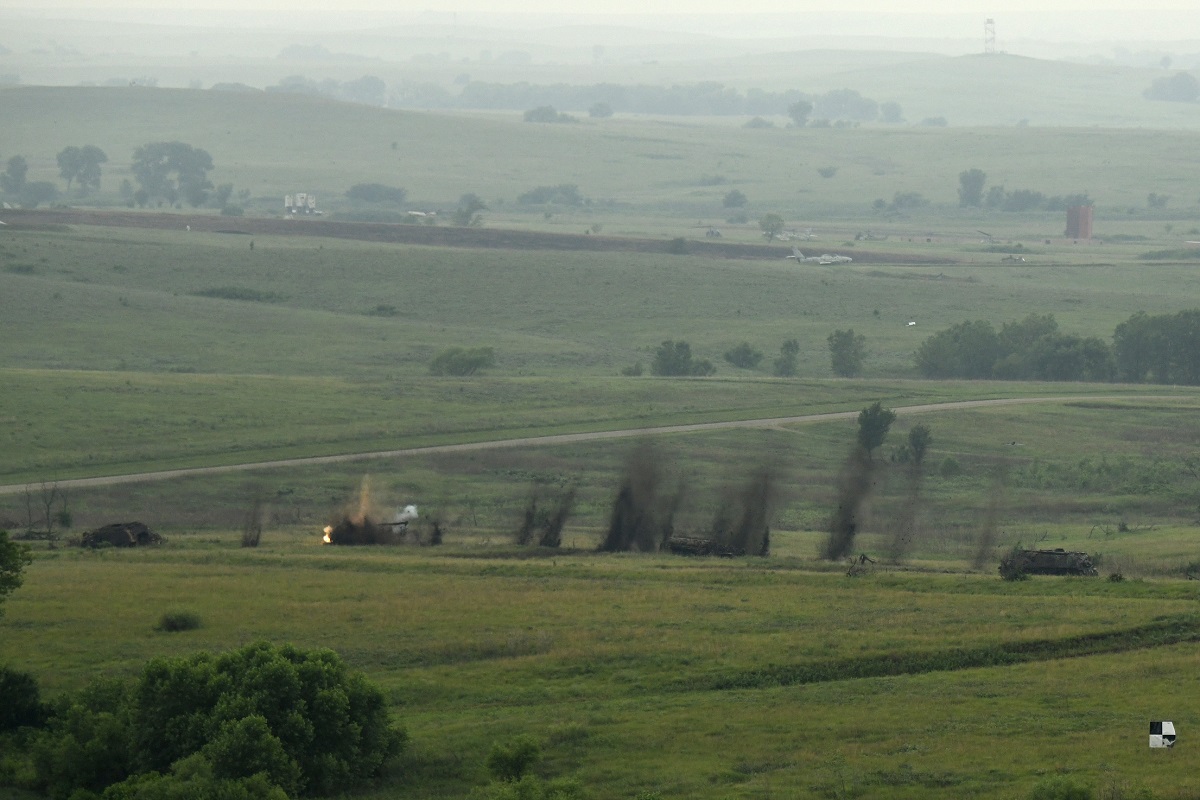
Gunslinger’s Strategic Impact
Although Exercise Gunslinger began as a couple of squadrons wanting to learn from each other, it grew to something more significant than the original idea, and the effect of the training reaches far beyond state lines. The interoperability experienced by multiple military branches and their respective reserve components allowed personnel to build relationships and mutual trust as the United States prepares for a new generation of warfare.
"Exercise Gunslinger provided a unique opportunity for Air National Guard and Marine Reserves personnel to coordinate air operations with multi-service, and multiplatform aircrews," said Col. Jason Knobbe, commander, 184th Wing. "This joint exercise, which included active, Reserve, and Guard units from around the nation, showcased the talents and teamwork of the joint force and the capabilities of the 184th Wing, Team McConnell, and Smoky Hill Air National Guard Range."
The video below was produce by U.S. Marine Reserves.
U.S. Marines with 4th Marine Aircraft Wing, Marine Forces Reserves participate in Exercise Gunslinger 22 at Salina, Kansas June 24, 2022. Exercise Gunslinger 22 is a joint exercise with the Kansas National Guard, Air National Guard, and U.S. Marine Corps designed to increase aircraft control and training for potential real world contingencies. (U.S. Marine Corps video by Cpl. Ryan Schmid/ U.S. Marine Corps footage by Cpl. Ryan Schmid, Cpl. Jonathan Gonzalez, Lance Cpl. Trystan Taft)